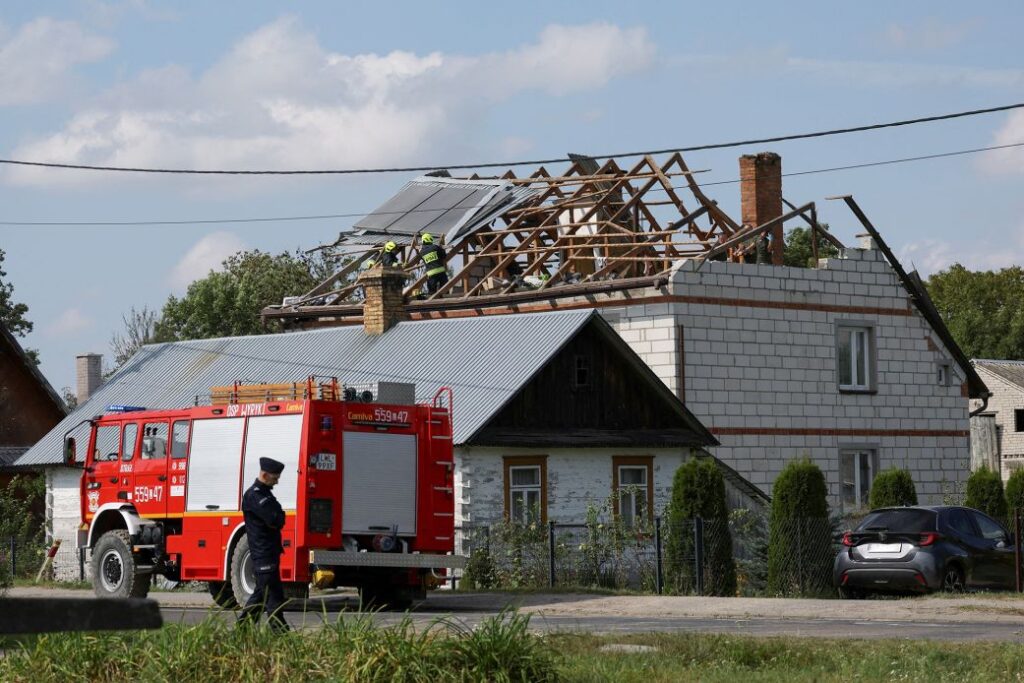Days after the wail of air-raid sirens and the roar of NATO fighter jets punctuated a peaceful late-summer night in eastern Poland, the key question in Europe is not only whether Moscow deliberately sent nearly two dozen drones into NATO airspace, but what the military response reveals about the alliance’s long-term ability to deal with this growing threat.
If this was, as Poland believes, a deliberate test of NATO’s defenses, it was a remarkably cheap experiment for Russia.
Polish authorities recovered fragments of what it said were Gerbera drones, made of plywood and Styrofoam, and often used as decoys. Ukraine’s defense intelligence believes they cost around $10,000 each to produce.
Meanwhile, the NATO planes scrambled to avert them were multimillion-dollar F-16 and F-35 fighter jets. An effective show of force, but one that probably cost tens of thousands of dollars in fuel and maintenance just to get off the ground.
“The cost asymmetry doesn’t work,” Robert Tollast, a researcher at London-based defense think tank the Royal United Services Institute (RUSI), told CNN.
Continue reading the complete article on the original source



